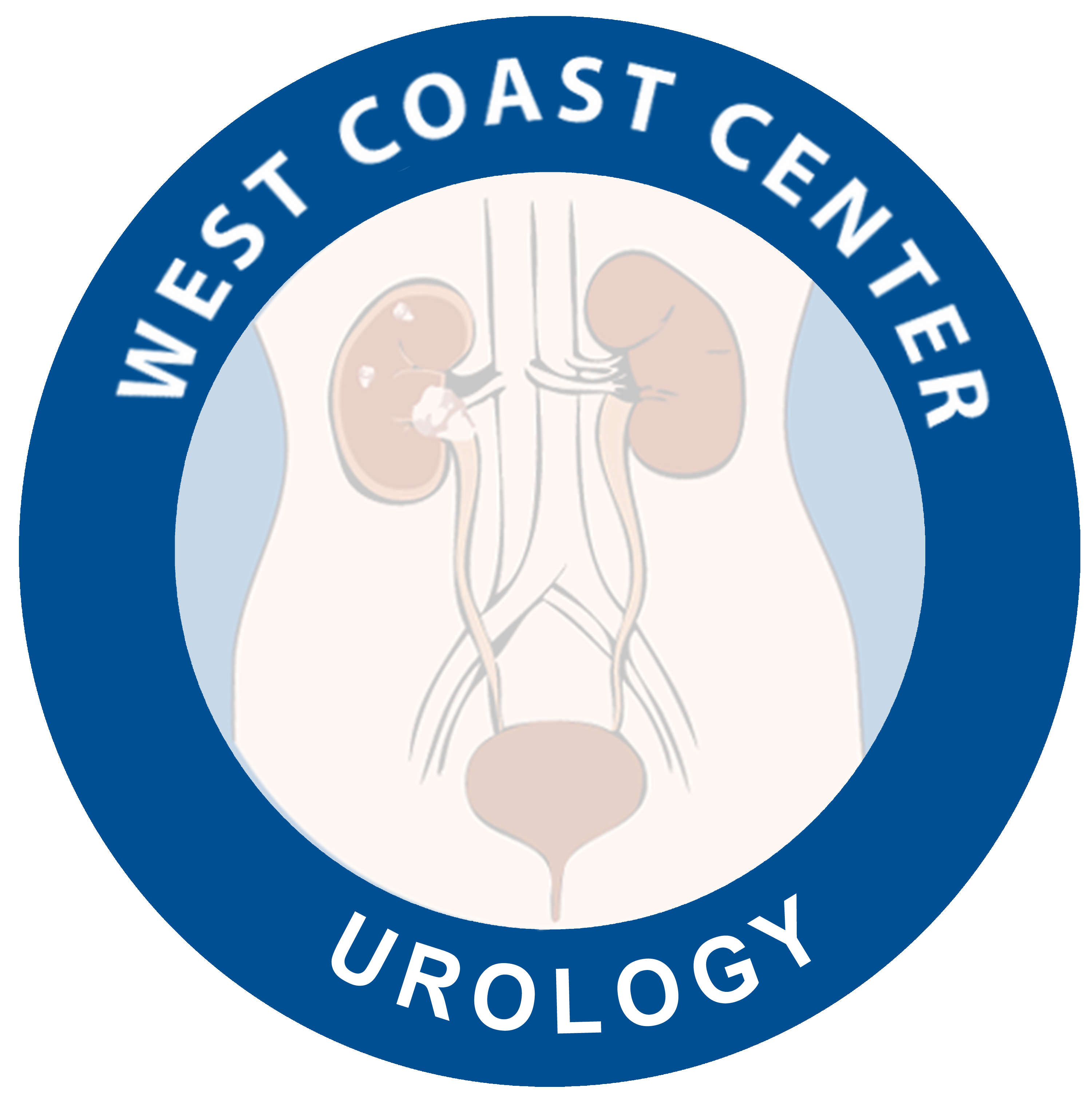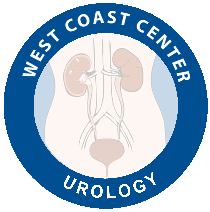- Urinary Incontinence and voiding dysfunction
- Men: Stress Urinary Incontinence
- Men: Pelvic Floor Rehabilitation
- Men: Transurethral Injection of Bulking Agents
- Men: Male Slings
- Men: Artificial Urinary Sphincter (AUS)
- Men: Adjustable continence device (Pro-ACT ) (Investigational)
- Women: Stress Urinary Incontinence
- Women: Pelvic Floor Rehabilitation
- Women: Transurethral Injection of Bulking Agents
- Women: Minimally Invasive Slings
- Women: Adjustable Continence Device
- Urge Incontinence in men and women
- Behavior Modification, Pelvic floor Rehabilitation and Biofeedback
- Botox Injection
- Sacral Neuromodulation
- Percutenous Tibial Nerve Simulation (PTNS)
Pelvic Floor Rehabilitation
The pelvic floor muscle is an integral part of our urogenital system. It has two very important functions that it must perform very well for us to have good pelvic health. First it must support our pelvic organs (bladder, uterus, and rectum) against the forces of gravity and bodily stress with aging, trauma and activity. Secondly, the pelvic floor must maintain closure of our urine tube (urethra) and anus so we are able to control our bowel and bladder without leaking, which is called continence. However, our pelvic floor must also have the ability to relax to allow our bladder and rectum to empty well. Unfortunately our pelvic floor muscle may not always maintain proper function requiring
rehabilitation to restore it. Pelvic floor muscle exercises are the most important component to assist in recovery from mild to moderate urinary incontinence. These exercises will improve the activity level of the muscles responsible for maintaining good closure around the urethra to prevent unwanted urine loss. Also, a better functioning pelvic floor muscle will support and communicate with the bladder to help reduce early bladder activity resulting in frequent trips to the bathroom. Patient education is another very valuable component within rehabilitation. It is very important for us to know about proper fluid intake, how to control our bladder urges, and when to voluntarily activate our pelvic floor muscle to support us during everyday activities.Biofeedback is a computer based monitoring system that measures muscle activity and can be used to help with pelvic floor muscle training. It is usually required when someone needs assistance in learning how to contract and relax the pelvic floor muscle to perform the exercises properly.Electrical stimulation is another modality that can also assist in helping someone achieve improved pelvic floor muscle activity. It uses an electric current to stimulate the nervous system to activate the muscle in a pain free manner.
rehabilitation to restore it. Pelvic floor muscle exercises are the most important component to assist in recovery from mild to moderate urinary incontinence. These exercises will improve the activity level of the muscles responsible for maintaining good closure around the urethra to prevent unwanted urine loss. Also, a better functioning pelvic floor muscle will support and communicate with the bladder to help reduce early bladder activity resulting in frequent trips to the bathroom. Patient education is another very valuable component within rehabilitation. It is very important for us to know about proper fluid intake, how to control our bladder urges, and when to voluntarily activate our pelvic floor muscle to support us during everyday activities.Biofeedback is a computer based monitoring system that measures muscle activity and can be used to help with pelvic floor muscle training. It is usually required when someone needs assistance in learning how to contract and relax the pelvic floor muscle to perform the exercises properly.Electrical stimulation is another modality that can also assist in helping someone achieve improved pelvic floor muscle activity. It uses an electric current to stimulate the nervous system to activate the muscle in a pain free manner.

We have utilized pelvic floor rehabilitation program prior to any extensive pelvic surgery, especially radical prostatectomy and found that patient education prior to surgery helps to improve continence after surgery. Dr. Aboseif approach has been proved and popularized after he conducted and published a study in the American Journal of Urology:
Feng, M.I.; Parekh, A.R.; Bremmer, H.; Kirages, D; Kaswick, J and Aboseif, S.R: The role of pelvic floor exercise on postprostatectomy incontinence. J. Urol. 163: 414, 2000

